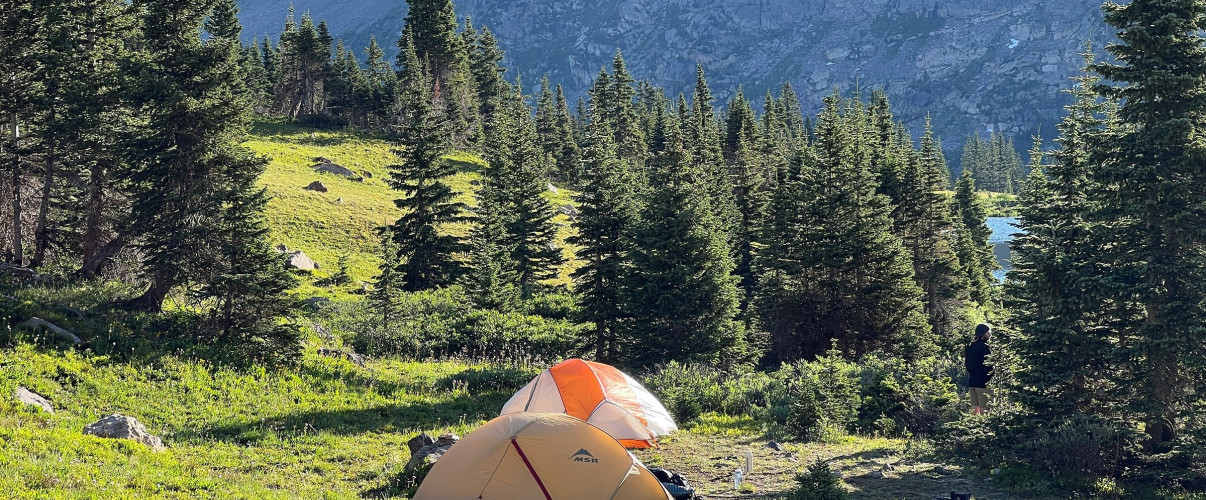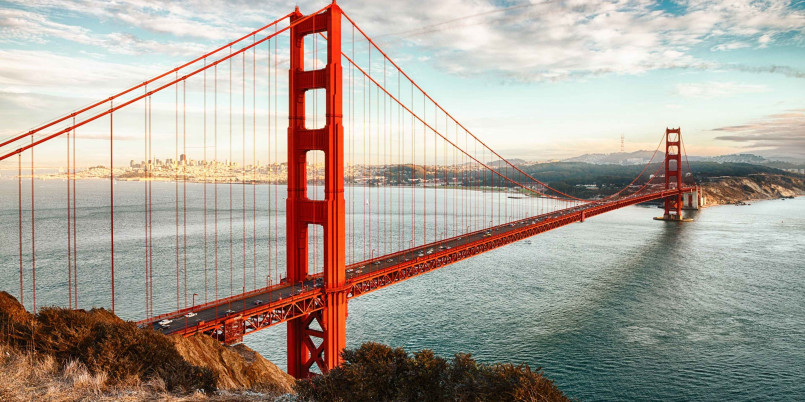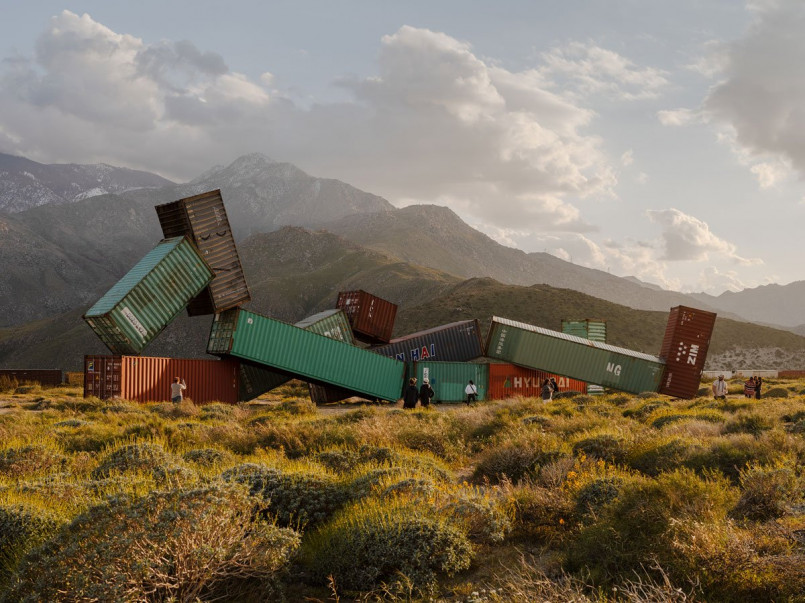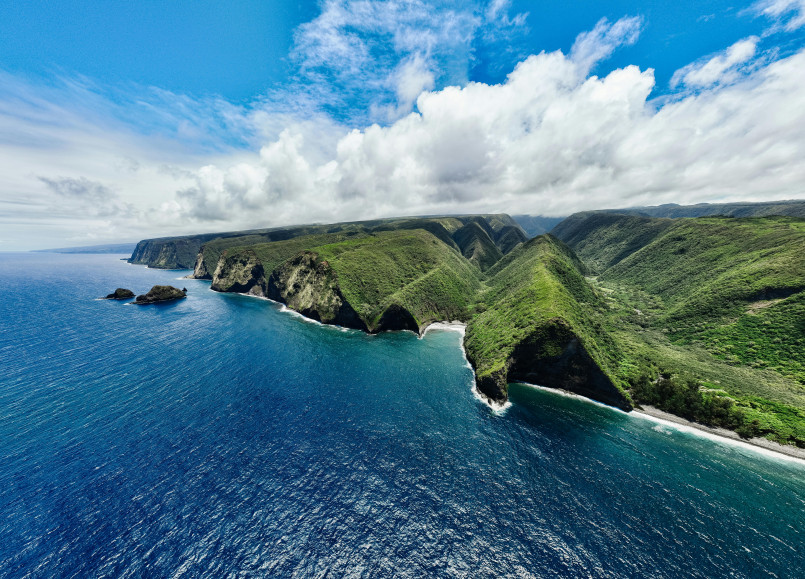Beyond the crowded national parks and popular campgrounds lies a different America - one of secluded beaches, hidden canyons, and pristine forests where you can truly connect with nature. These hidden gem camping destinations offer solitude, adventure, and stunning landscapes without the tour buses and selfie sticks.
We've all seen the Instagram-famous camping spots with lines of RVs and crowded hiking trails. But the true magic of outdoor adventure often happens when you venture beyond the well-worn path. America's landscape is vast and varied, offering countless secluded camping destinations that remain relatively unknown to the masses.
These hidden camping gems provide not just solitude, but often a more authentic connection with nature, wildlife encounters, and stargazing opportunities that simply can't be matched at popular destinations. From tucked-away coastal coves to remote mountain valleys, let's explore the secret camping spots that deserve a place on your bucket list.
What Makes Hidden Gem Camping Special
Hidden gem camping locations offer what many modern travelers crave most: authenticity and solitude. These destinations typically feature fewer amenities than established campgrounds but compensate with pristine natural settings and the absence of crowds.
Many of these locations require extra effort to reach-perhaps a longer drive down unpaved roads, a hike to a backcountry site, or special permits that limit visitor numbers. This additional effort serves as a natural filter, ensuring that only the most dedicated outdoor enthusiasts experience these special places.
The reward? Camping experiences where you might have an entire beach, canyon, or mountain vista to yourself. Places where the night sky explodes with stars unpolluted by light, and where wildlife behaves naturally without the constant disturbance of human activity.
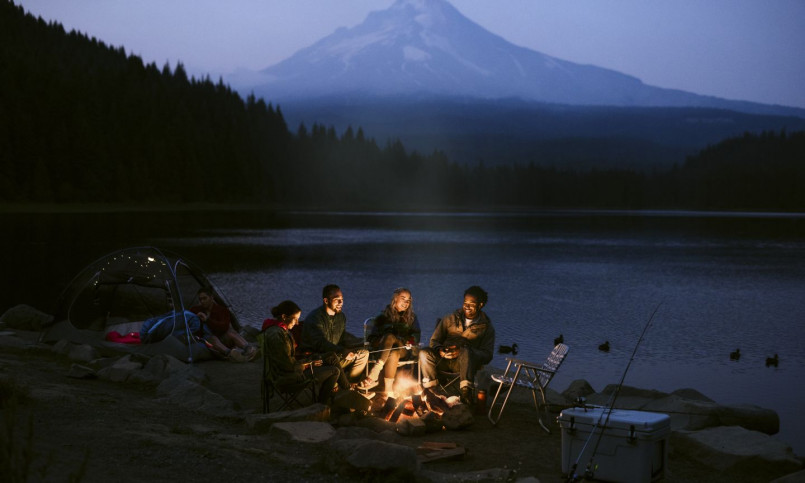
Coastal Camping Secrets
While oceanfront camping at popular beaches often means reservation wars and crowded sites, America's coastline harbors numerous hidden gems where you can fall asleep to crashing waves in relative solitude:
Second Beach, Olympic Peninsula, Washington - While Rialto and First Beach get most visitors, Second Beach offers a more secluded experience with dramatic sea stacks and tide pools. A short forested hike keeps the crowds away.
Dry Tortugas National Park, Florida - Located 70 miles west of Key West, this remote island camping requires planning but rewards with pristine beaches, crystal waters, and the historic Fort Jefferson as your backdrop.
Lost Coast Trail, California - This rugged stretch of Northern California coastline is too steep for Highway 1, creating a wilderness paradise for backpackers. Camp on black sand beaches with only seals and shorebirds for company.
Tips for Coastal Hidden Gems
Research tide tables before coastal camping, as some beaches disappear at high tide. Always camp above the high tide line and be aware that salt air can damage gear faster than inland environments.
Mountain Retreats Off the Radar
While national parks like Yosemite and Glacier see millions of visitors yearly, countless mountain ranges offer spectacular camping without the crowds:
Gila Wilderness, New Mexico - America's first designated wilderness area features deep canyons, hot springs, and ancient cliff dwellings. The Jordan Hot Springs trail offers both backpacking and primitive camping with natural hot pools as your reward.
Cabinet Mountains, Montana - While Glacier National Park overflows with tourists, the nearby Cabinet Mountains offer alpine lakes, glaciers, and wildlife viewing with a fraction of the visitors.
Dolly Sods Wilderness, West Virginia - This high-altitude plateau features landscapes more reminiscent of Canada than the mid-Atlantic, with wind-carved rocks, cranberry bogs, and spectacular fall colors.
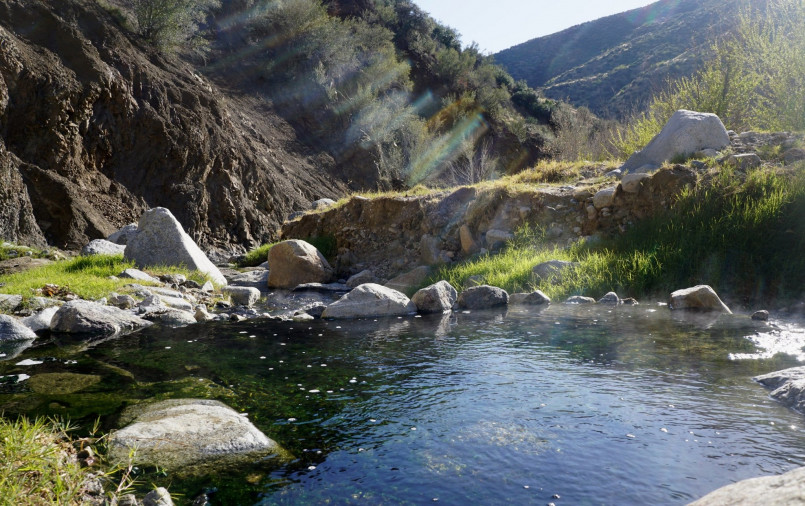
Desert Oasis Camping
Desert environments offer some of America's most unique camping experiences, with surreal landscapes and extraordinary stargazing opportunities:
Alstrom Point, Lake Powell, Utah - This remote overlook requires high-clearance vehicles but rewards with panoramic views over Lake Powell that few tourists ever see. Dispersed camping is permitted with no facilities.
Organ Pipe Cactus National Monument, Arizona - This lesser-visited desert preserve along the Mexican border features unique cacti species found nowhere else in the US and peaceful primitive camping.
Alvord Desert, Oregon - Camp directly on the cracked earth of this playa in southeastern Oregon, surrounded by mountains and natural hot springs. The flat expanse creates an incredible mirror effect during rare rain events.
Desert Camping Considerations
Desert environments require careful planning for water (bring more than you think you'll need), shade, and temperature fluctuations. Many desert hidden gems lack cell service, so offline maps and emergency communications devices are essential.
Forest Hideaways
America's vast forests conceal countless camping opportunities where you can find solitude among ancient trees:
Cohutta Wilderness, Georgia - The largest wilderness area east of the Mississippi contains pristine streams, waterfalls, and Appalachian hardwood forests with numerous dispersed camping options.
Boundary Waters Canoe Area, Minnesota - While not exactly unknown, this million-acre wilderness offers over 1,200 miles of canoe routes and isolated island campsites where you might not see another person for days.
Pisgah National Forest, North Carolina - While popular areas get crowded, numerous forest service roads lead to primitive camping areas beside tumbling mountain streams far from established campgrounds.
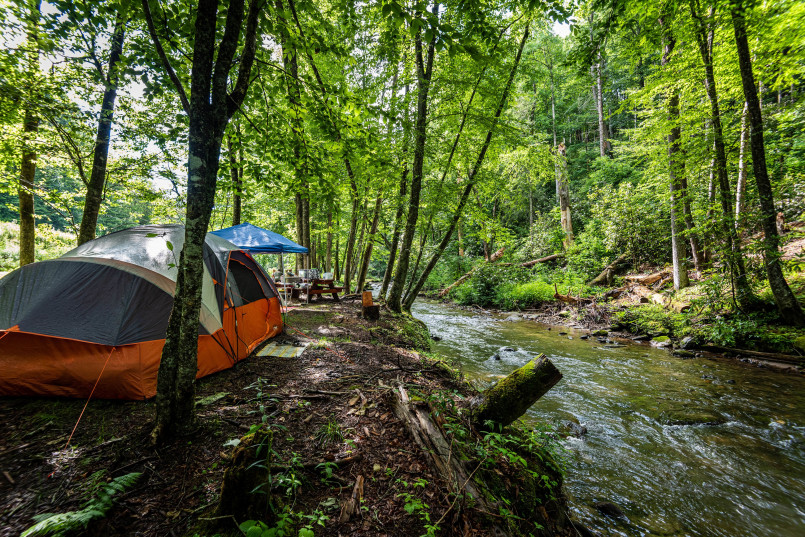
Lakeside Escapes
Lakefront camping doesn't have to mean crowded state park campgrounds. These hidden gems offer waterfront serenity:
Ross Lake, North Cascades, Washington - This 23-mile-long reservoir features boat-in camping sites accessible only by water, with spectacular mountain views and excellent fishing.
Saranac Lake Islands, New York - These Adirondack lake islands offer boat-access camping with the feeling of having your own private island, yet they're often overlooked in favor of more developed areas.
Big Bend Ranch State Park, Texas - While Big Bend National Park gets the attention, the adjacent state park offers primitive camping along the Rio Grande with fewer restrictions and visitors.
Planning Your Hidden Gem Adventure
Finding and successfully camping at hidden gems requires more preparation than visiting established campgrounds:
Research thoroughly - Use resources like the US Forest Service and Bureau of Land Management websites to identify dispersed camping areas. Forums like Reddit's r/camping often contain insider information.
Contact local ranger stations - Rangers can provide current conditions and suggestions for secluded areas that match your experience level.
Prepare for self-sufficiency - Most hidden gem locations lack facilities like potable water, toilets, or garbage service. Bring everything you need and plan to pack it all out.
Consider timing - Even hidden gems can get busier during peak seasons and holidays. Visiting mid-week or during shoulder seasons often provides the most solitary experience.
Leave No Trace Principles
The continued existence of these hidden gems depends on responsible visitor behavior. These special places remain pristine precisely because they receive fewer visitors, making it crucial that those who do visit practice strict Leave No Trace ethics:
1. Plan ahead and prepare to minimize campsite impacts
2. Travel and camp on durable surfaces, staying on established sites where they exist
3. Dispose of waste properly, packing out everything you bring in
4. Leave what you find, preserving the discovery for future visitors
5. Minimize campfire impacts by using established fire rings or camp stoves
6. Respect wildlife by maintaining distance and proper food storage
7. Be considerate of other visitors, preserving the sense of solitude
By embracing these principles, we ensure these hidden camping gems remain special for generations to come. The true wilderness experience-one of discovery, solitude, and connection with nature-depends on our collective stewardship of these remarkable places.
Frequently Asked Questions About 15 Secret Camping Destinations Across USA You Need to Discover
How do I find hidden gem camping spots that aren't listed in guidebooks?
Look to local sources rather than national publications. Talk to rangers at visitor centers, join regional hiking and camping forums online, study detailed topographic maps for dispersed camping areas, and consider asking at local outdoor gear shops. People who live and work in the area often know the best spots that tourists miss.
Are hidden gem camping spots safe?
While generally safe, remote camping requires more self-reliance and preparation. Always inform someone of your exact plans and expected return date, carry appropriate emergency gear, know basic wilderness first aid, and research potential hazards specific to the area (wildlife, weather patterns, flash flood zones, etc.). The increased solitude means help may be further away if needed.
Do I need a high-clearance or 4WD vehicle to access most hidden camping spots?
Not all hidden gems require specialized vehicles, but many do involve unpaved roads. Research road conditions before traveling. If you don't have a suitable vehicle, consider options accessible by hiking, canoeing, or kayaking instead. Some of the most rewarding hidden camping spots require a bit of human-powered effort to reach.
What's the best way to ensure I'm camping legally in remote areas?
Always check with the managing agency (Forest Service, BLM, State Parks, etc.) before camping in remote areas. Public lands often have specific rules about dispersed camping, including required distances from water sources, roads, and developed facilities. Some areas require permits even for backcountry camping. Never camp on private property without permission.
How can I minimize my impact when camping in pristine areas?
Follow Leave No Trace principles rigorously: pack out ALL trash (including food scraps), use established fire rings or a camp stove instead of making new fire scars, stay on durable surfaces, camp at least 200 feet from water sources, use biodegradable soap sparingly and away from water, and leave natural objects where you find them. Consider taking a picture of your site when you arrive so you can restore it to that condition before leaving.
